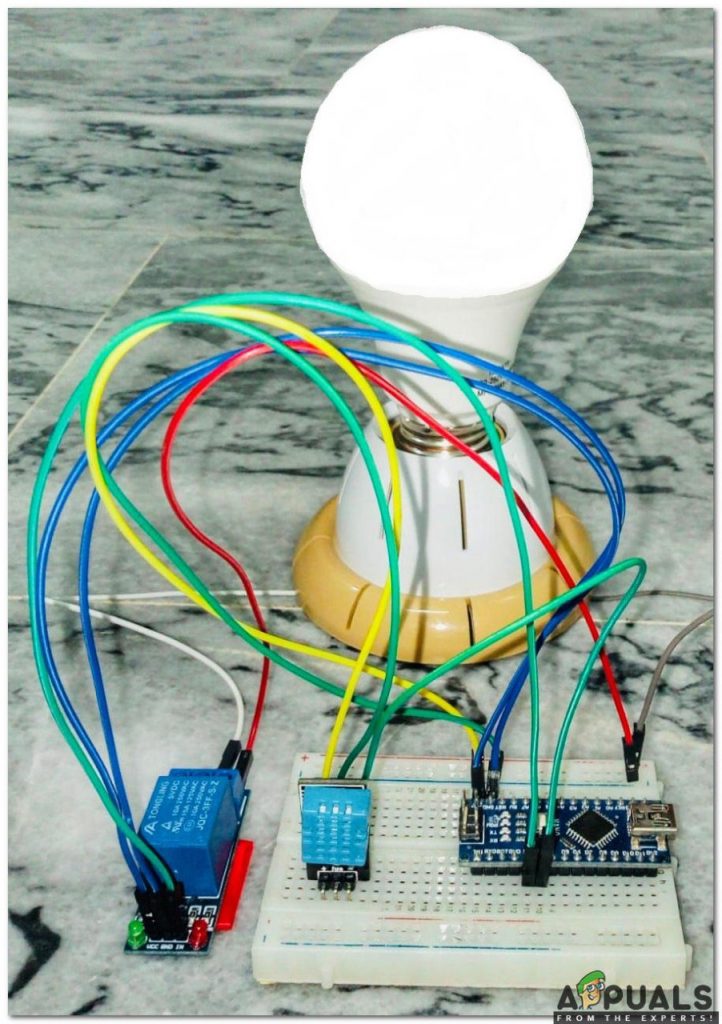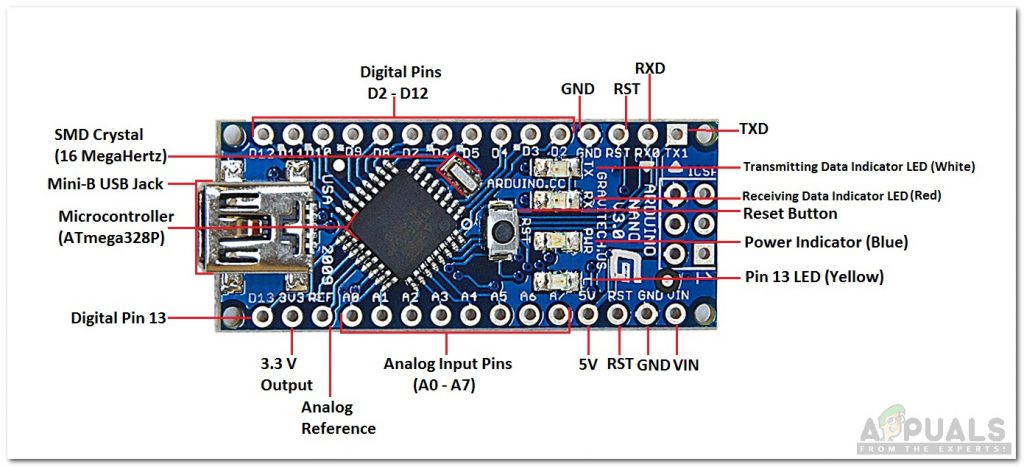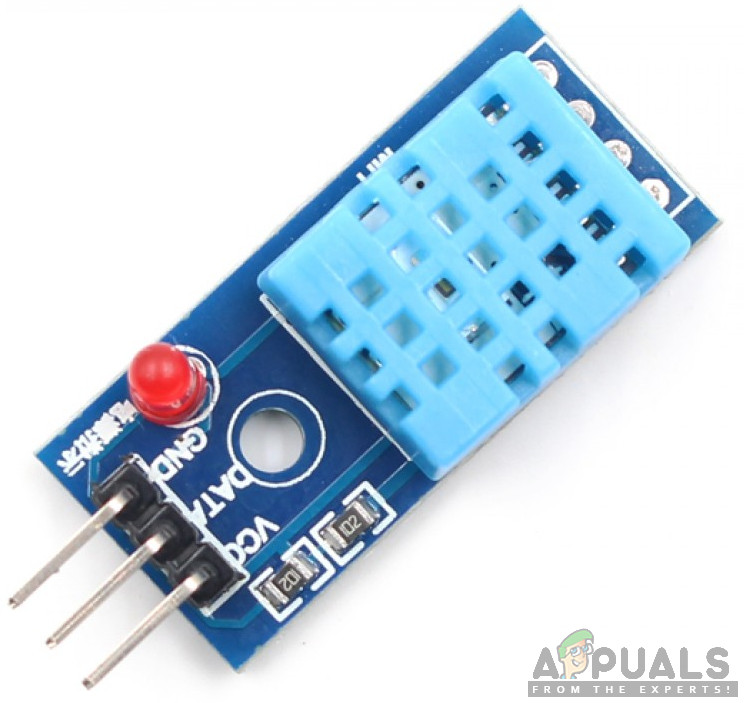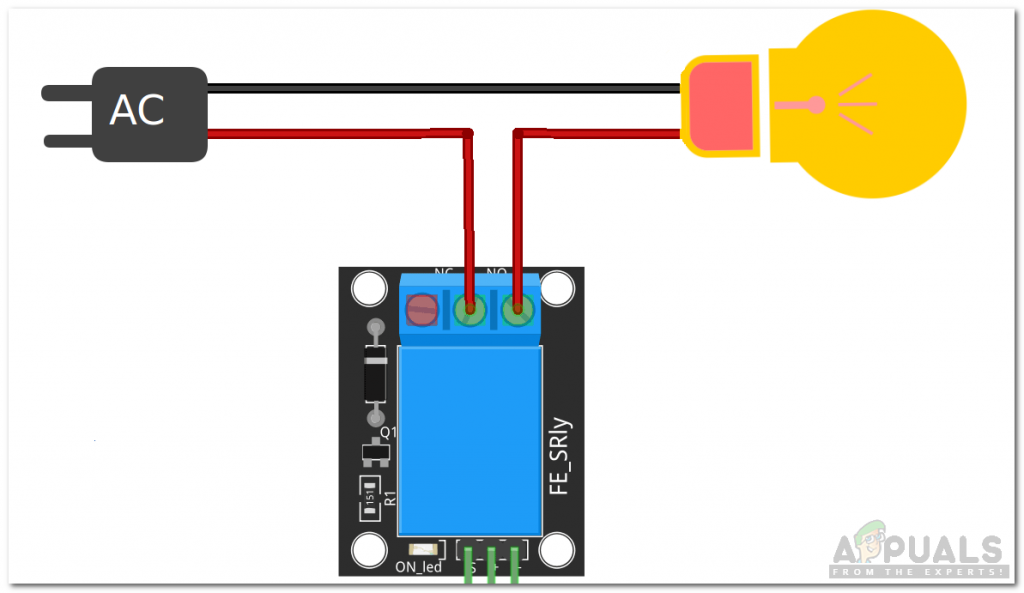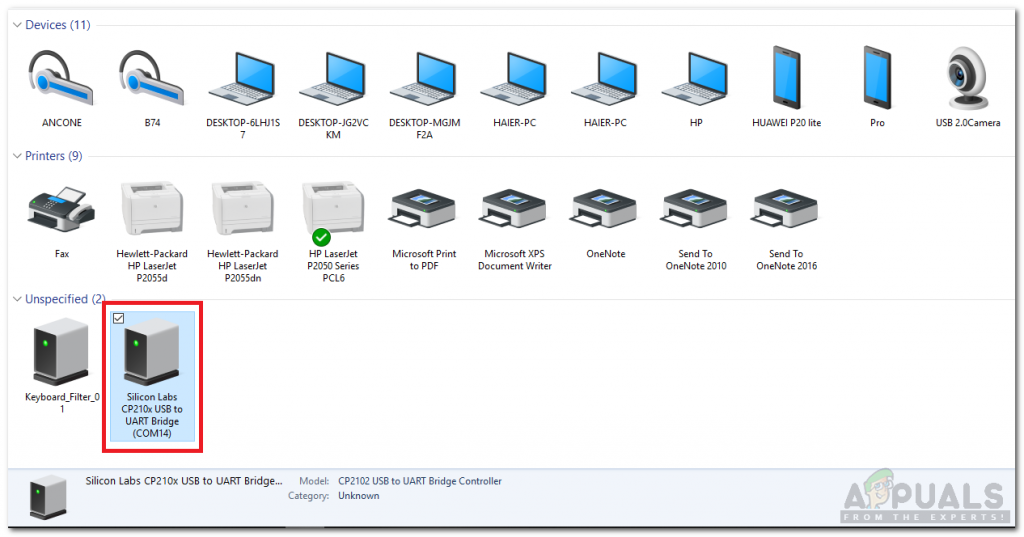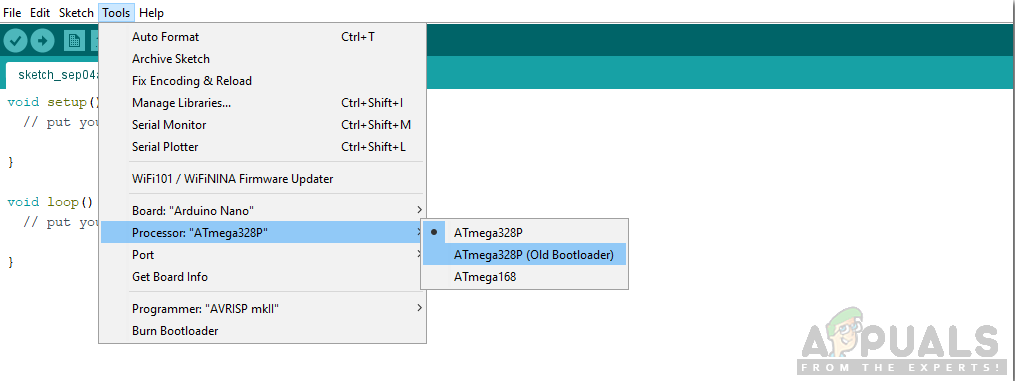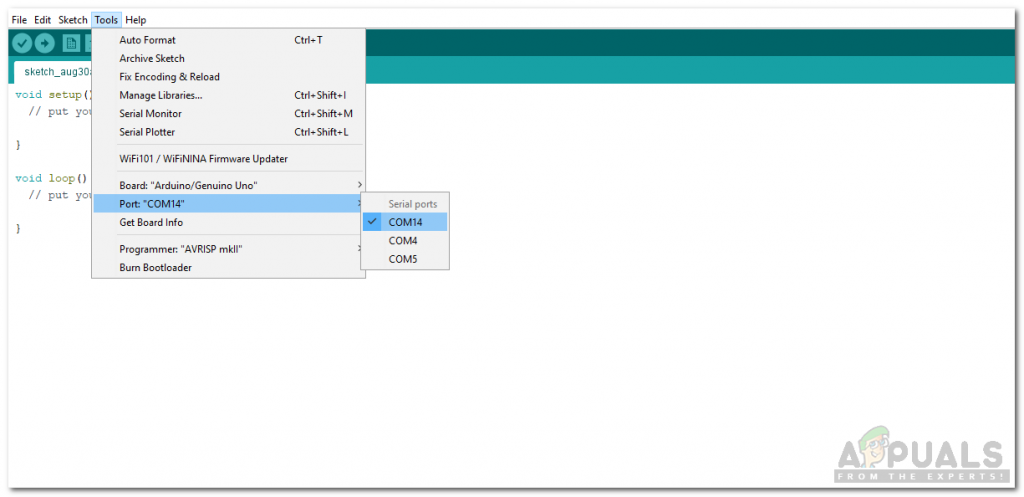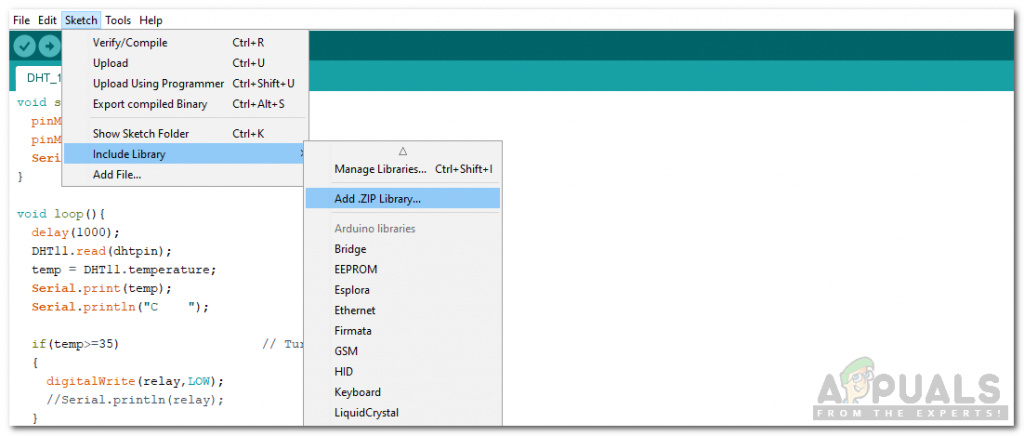How to Use a Light Bulb To Maintain Warm Temperature?
As we have read the abstract of our project. Let us gather some more information and start making this project.
Step 1: Collecting the Components
The best approach to start any project is to make a list of all the components at the start and a good plan to work on it. The following are the components that we are going to use in this project.
Step 2: Studying the Components
Now as we have made a list of all the components that we are going to use in this project. Let us move a step further and go through a brief study of all the main components. Arduino nano is a microcontroller board that is used to control or carry out different tasks in a circuit. We burn a C Code on Arduino Nano to tell the microcontroller board how and what operations to perform. Arduino Nano has exactly the same functionality as Arduino Uno but in quite a small size. The microcontroller on the Arduino Nano board is ATmega328p. DHT11 is a temperature and humidity sensor. Its temperature range is 0 to 50-degree Celsius. It is a low cost and an efficient sensor that gives high stability. To measure the temperature it has a built-in thermistor. It also measures the humidity but in this project, we don’t need to measure humidity. A relay module is a switching device that takes input from Arduino and switches accordingly. It operates in two modes, Normally Open (NO) and Normally Closed (NC). In the NO oped, the circuit is broken unless a HIGH signal is applied to the relay module. In NC mode, the circuit is complete unless a HIGH signal is applied to the relay module.
Step 3: Assembling the Components
As we have gone through a brief study of how all the components work. Let us start assembling all the components to make a final product. Connect the Vcc and ground pin of the DHT11 sensor to the 5V and ground of the Arduino nano. Connect the output pin of the DHT11 sensor to the Pin2 and the IN pin of the relay module to the Pin3 of the Arduino. Power up the relay module through Arduino and connect the positive wire of the bulb in the NO pin of the relay module. Be careful while connecting the relay module to the bulb. Make sure your connection of the bulb to the relay looks like shown below.
Step 4: Getting started with Arduino
If you are not already familiar with the Arduino IDE, don’t worry, you are explained how to use Arduino IDE below. You can download the code by clicking here.
Step 5: Code
The code for the DHT11 sensor is well commented and self-explanatory but here is some explanation of the code. 2. void setup() is a function that is used to set the pins as INPUT or OUTPUT. It also sets the baud rate of the Arduino. Baud rate is the communication speed of the microcontroller board. 3. void loop() is a function that runs again and again in a cycle. In this function, we are reading the data from the output pin of DHT11 and switching the relay on or off at a certain temperature level. Now as you have learned how to automate a bulb to maintain a constant warm temperature in poultry huts for your chickens and eggs, you can now start working on this project. You can also use this DHT11 sensor in other projects, for example, Fire alarms, Smart homes, Room Automations, etc.
FIX: Constant Blue Circle Next to Mouse Pointer in Windows 10How to Optimize and Maintain Positive Airflow in Your Gaming PCDIY: Control Your Water Geyser Temperature From Your SmartphoneHow to Lower Your CPU Temperature
